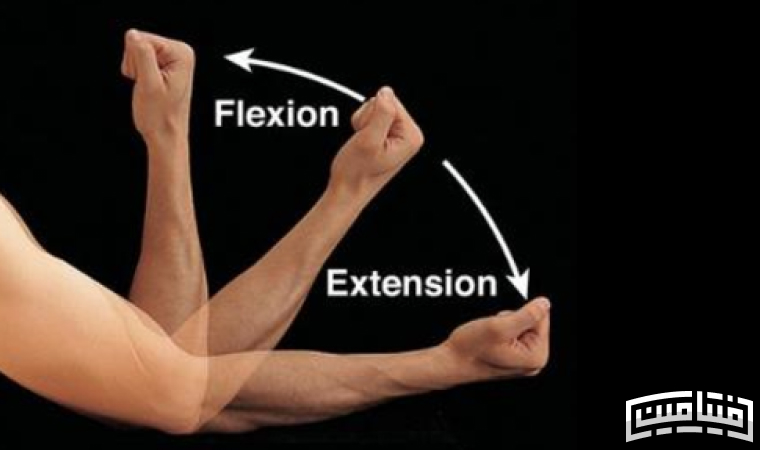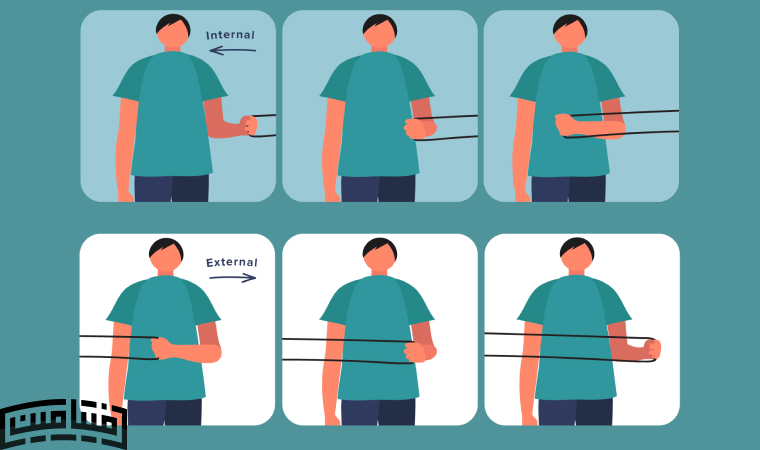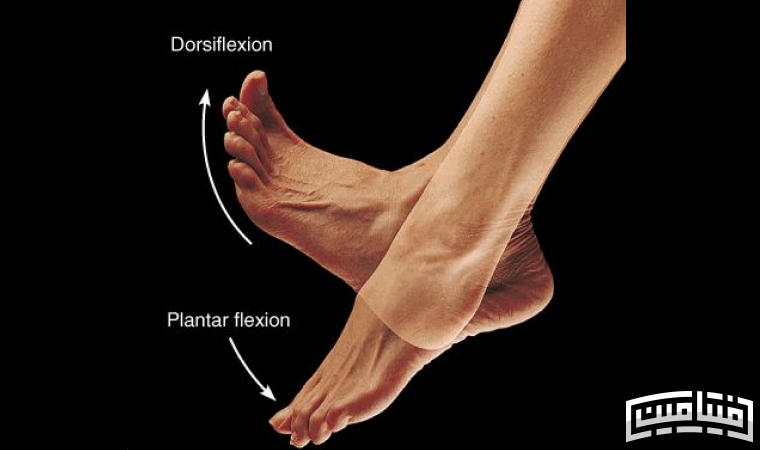How familiar are you with movement terms? Every movement and position of a joint or organ in the science of physical education is known and expressed by its own term. Familiarity with these movement terms and words will help us to have a better understanding of training and exercise and be able to perform more effectively when necessary. In the following, we will explain all these terms to you.
Introduction of general movement terms of joints
Every movement and exercise in physical training and sports world has a special name and term. Knowing these terms is very useful for doing general exercises and corrective sports. In this section, we want to introduce you to the general movement terms of joints.
Extension
The first movement term we are going to introduce to you is extension. The term “extension” in physical education means straightening, like straightening the knee. Extension is a movement that increases the angle between two parts of the body and moves them away from each other. The ability to perform extension is necessary for human movement.
Flexion
Flexion means bending, and it is exactly the opposite of extension, like bending the elbow or knee! In this movement, the angle between two bones decreases. For example, when you bend your elbow, the humerus bone approaches the forearm bone.
Bending too much and outside the normal range of the joint is called hyperflexion, which can lead to injury.

Abduction
Another movement term is abduction. Abduction means moving the limb away from the central axis of the body. As when you raise your arms, in this position your shoulder joint is moving in abduction. The degree of abduction depends on flexibility and preparation for each person.
Adduction
Adduction is exactly the opposite of abduction and it means bringing the limb closer to the middle axis of the body. For example, pulling the arm towards the body. Any joint capable of abduction also has the capability of adduction, for example, when you turn your hands towards the body, you are performing an adduction movement.
Circumduction
Circumduction is a circular movement that is a combination of flexion, extension, abduction and adduction! That is, if there is a joint in the body that can perform all the previous four movements, then circumduction can also be performed. A simple example of this is rotating the arm or leg.
External Rotation
External rotation means external rotation, and it means the rotation of a joint or organ to the outside of the body. For example, when you rotate your hip outward, you are performing external rotation.
Internal Rotation
Internal rotation is another movement term and means the internal rotation of a joint, that is, when a joint turns inward. Like turning the arm towards the inside of the body. Any joint that has external rotation will also have internal rotation movement. Only the shoulder and hip joints have this movement.


Introduction of specialized motor terms
Now it’s time to introduce specialized movement terms. In this section, we introduce specialized terms for each body part separately.
Specialized ankle movements
- Plantar Flexion: Bending the ankle down (a movement similar to standing on the tips of the toes). In this movement, the ankle joint is bent and “flexion” movement has occurred.
- Dorsiflexion: Bending the ankle upwards. In this movement, the ankle joint is bent and “flexion” movement has occurred.


- Inversion: It means turning the sole of the foot inwards when the heel is fixed. In simpler terms, inversion means the internal rotation of the ankle.
- Eversion: It means turning the sole of the foot outward while the heel is fixed on the ground and does not move. In simpler words, emergence means the external rotation of the ankle.


Specialized wrist
- Wrist Flexion: It means bending the wrist towards the palm.
- Wrist Extension: It means to open the wrist towards the back of the hand (from behind).


- Radical Deviation: It means moving the wrist towards the thumb. In simpler terms, it means when you tilt your wrist towards the thumb.
- Ulnar Division (Ulnar Deviation): It means moving the wrist to the little finger! Exactly the opposite of Radical Division.


Specialized fingers
- Opposition: The diagonal movement of the thumb towards the palm, or in simpler terms when the thumb bends to contact the tips of other fingers, is called apposition movement.
- Reposition (Reposition) : It is exactly the opposite of the apposition movement and means returning the thumb to its original position after the apposition. If we want to explain more, it means when the thumb moves away from the palm.
- Finger flexion: Bending the fingers towards the palm.
- Extension of fingers: Straightening the fingers to the back of the hand.


Shoulder specialty
- Protraction: Moving the shoulders forward (like a hug).
- Retraction: Rolling the shoulders back (like when you push your chest forward and straighten your shoulders).
- Elevation: Shrugging (as in shrugging).
- Depression: Lowering the shoulders is exactly the opposite of the elevation movement.
Shoulder specialty
- Horizontal Abduction: Opening the arm horizontally from the midline of the body.
- Horizontal Adduction: Bringing the arm closer to the midline of the body horizontally.


- Shoulder flexion: Moving the arm forward and up in front of the body. The normal range of motion is about 180 degrees 34.
- Shoulder extension: Move the arm backwards. The normal range of motion of this movement is 45 to 60 degrees.
Specializing in the neck
- Neck flexion: Bending the head forward towards the chest.
- Neck extension: Moving the head back like when you want to see the sky.
- Neck rotation: Turning the head to the sides.
- Lateral Flexion: Bending the head towards the shoulders as if trying to reach the ear to the shoulder.
waist specialty
- lumbar flexion: Bending the trunk forward.
- waist extension: Straightening the trunk or moving it backwards.
- lumbar rotation: Turning the trunk to the sides.
- Lumbar lateral flexion: Bending the trunk to the left or right.
final word
Each movement and position of a joint or organ in the science of physical education has its own term. It is necessary for coaches and sports experts to know these terms. On the other hand, getting to know movement and sports terms will be effective and useful for the public and will make them have a better understanding of exercise and its effect on their own body. In this article, we introduced and explained various movement terms for different joints.
Resources: teachmeanatomy – wikipedia
RCO NEWS
RCO















